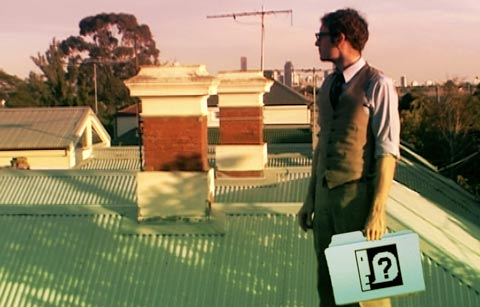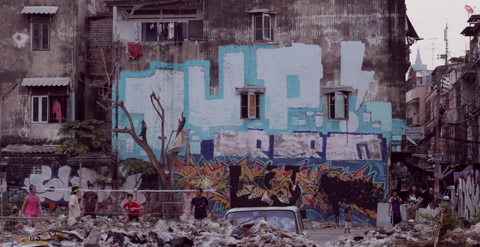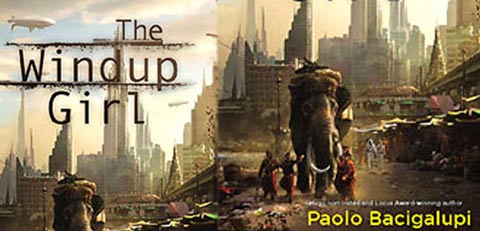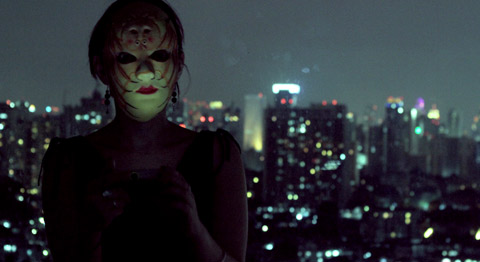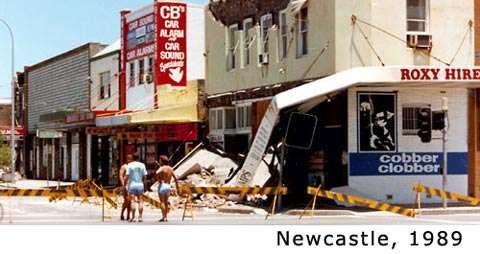That’s the trailer for MachoTaildrop above. But what do these films below have in common?
1. Werkmeister Harmonies [2000 – Bela Tarr’s Hungarian feature with only 39 shots]
2. The Holy Mountain [1973 – Jodorowsky’s South American psychedelic epic – due on Blu-ray, April 26 2011]
3. A Zed and Two Naughts [1985 – Peter Greenway – twisted threesome timelapse?]
4. Miami Vice [2006, Michael Mann, 2006. What’s to say?]
5. The Saddest Music In the World [2003 – Guy Maddin’s depression era musical set in Winnipeg]
6. Contempt [1963 – Jean Luc Godard, starring Brigitte Bardot and Fritz Lang as himself]
7. Brazil [1985 – Terry Gilliam’s tragicomic rabbithole adventure in a world of technocrats]
8. Stardust Memories [1980 / Woody Allen’s black and white pardoy of Fellini’s 8 and 1/2]
9. City of Women [1980 – Fellini’s dreamy exploration of attitudes towards women.]
They’re apparently(and what a great collection!), the favourite films of Corey Adams, who along with Alex Craig, made the enticing skate-feature Machotaildrop. Pitching itself as a blend of Willie Wonka, Wes Anderson, Terry Gilliam and Michel Gondry, their trailer promises a particularly novel and immersive world – with art direction that seems destined for outputting 25 frames a second to that recently bookmarked quirky tumblr blog your cousin makes now that they’ve dropped out of 2nd year visual arts. No word on a DVD release as yet, but turns out they have a range of other shorts and skate-infused odyssey’s available online. More Corey + Alex : vimeo.com/user5048671.
Bonus round: here’s a crazy trio of very whimsical skate videos, found over at Kottke, each with their own quirky home brewed take on weird tricks. And then there’s Killian Martin’s Sublime skateboarding, a possible heir to the street skating flair of Rodney Mullen?
Meanwhile… over in Skateistan..
(Watch Skateistan full size for better effect, and don’t forget to visit skateistan.org/content/donate)
(( Previously… Skateboard Vidi-yo ( & Animal Chin’s Stacy Peralta ) and Skateboarding vs Architecture (one of my favourite interviews ever) ))
by j p, March 22, 2011 0 comments

